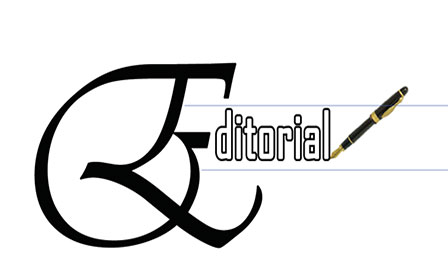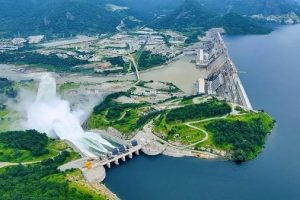
One among the bounties Ethiopia counts itself lucky is its vast arable land that could as well be devoted for the production of raw-materials such as cotton badly needed by the textile and manufacturing industries specially in industrial parks, mushrooming in the country as per the nation’s objective of export-oriented manufacturing.
To substantiate the case in point it suffices to note that only 3 percent of the 3 million hectares of land the country reserved is devoted for cotton production, while demand-supply gap is highly apparent in our industrial parks. Hence, exhibiting laxity in utilizing this potential, Ethiopia imports cotton outlaying a portion of its hard-won hard currency.
Studies show that Ethiopia imports 38 thousand ton of cotton annually. As such, cotton that is supposed to generate hard currency true to the country’s cotton development strategy is obliging the country to outlay the same.
The huge young demographic base the country has is also counted as an asset for cotton production. Yet, the country is beset by the challenges of unemployment. Many unemployed youths could be absorbed in the taskforce needed on the farmlands and industrial parks. As data indicates there is a textile and garment industry in the parks that took aboard from 3,000 to 4,000 employees.
Coming up with disease-resistant cotton varieties as well as adopting similar or best varieties from abroad are exigent. Encouraging stakeholders to come aboard the production process is essential.
Buttressing the task with mechanized farming is very much helpful in fulfilling set goals. Surface and underground water could be devoted for the production of cotton.
It is cognizant of the textile and garment sector’s significance in augmenting the country’s foreign currency generating capacity, the government is rendering things favorable in industrial parks so that foreign companies come aboard.
Taking advantage of the salubrious situation created some foreign companies have begun exporting products. The textile and garment products the country export
are displaying an upward trajectory from time to time. Happily, the products are elbowing their ways into the affluent countries as well bearing the hallmark produced in Ethiopia garnering for the country the much-needed hard currency. This need be encouraged. Attracting such companies creating favorable conditions must be made a point of.
The not costly human labor and electric service with modest cost could draw their attention.
Parallel to these allurements, the country must work on generating hard currency from the sale of its costumes produced in different fashions. As Ethiopia is home to a broad array of ethnic groups coming up with a spectrum of styles to the satisfaction of many is quite possible. The feedback from the global market is promising.
Hence, if added attention is accorded to the quality and texture of the costumes the marketability of the products could keep on mounting. Both governmental and governmental organizations have to work hard to bridge the chasm witnessed in this respect. Ethiopians abroad could play ambassadorial role dressed with this costumes to kill on special events and weekends.
As industrial parks are put in place across the country to reinforce the export-eying manufacturing sector they could play a decisive role in producing items in bulk and export quality. If they give preferential treatment to costumes the desired goal could be easily achieved.
But here it must be noted that the nation should troubleshoot lack of infrastructure, lack of cutting-edge machines and problems of market linkage conspiring to hamstring the push forward.
It goes without saying our higher learning institutions should also play their part in producing skilled human power.
As resilience the characteristic feature of tranquil Ethiopia, investors must keep on seeing Ethiopia a safe-haven of investment.
The Ethiopian Herald November 24/2019




